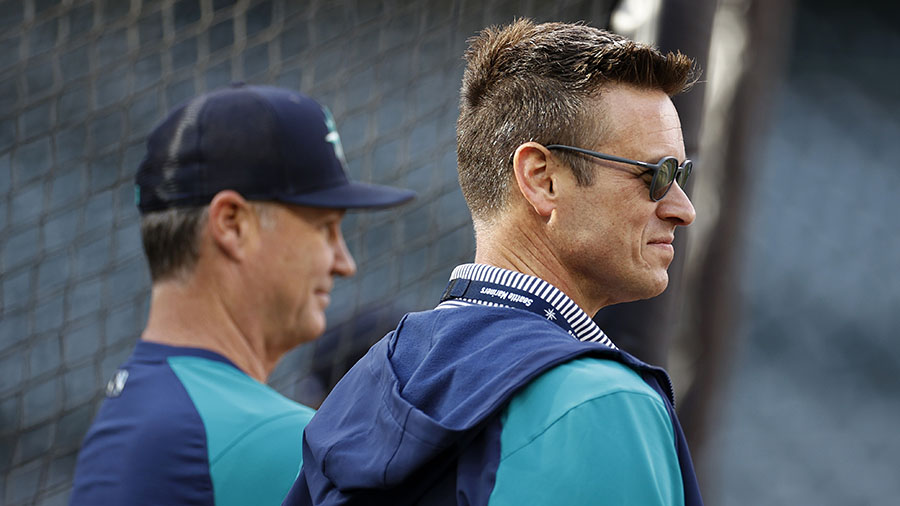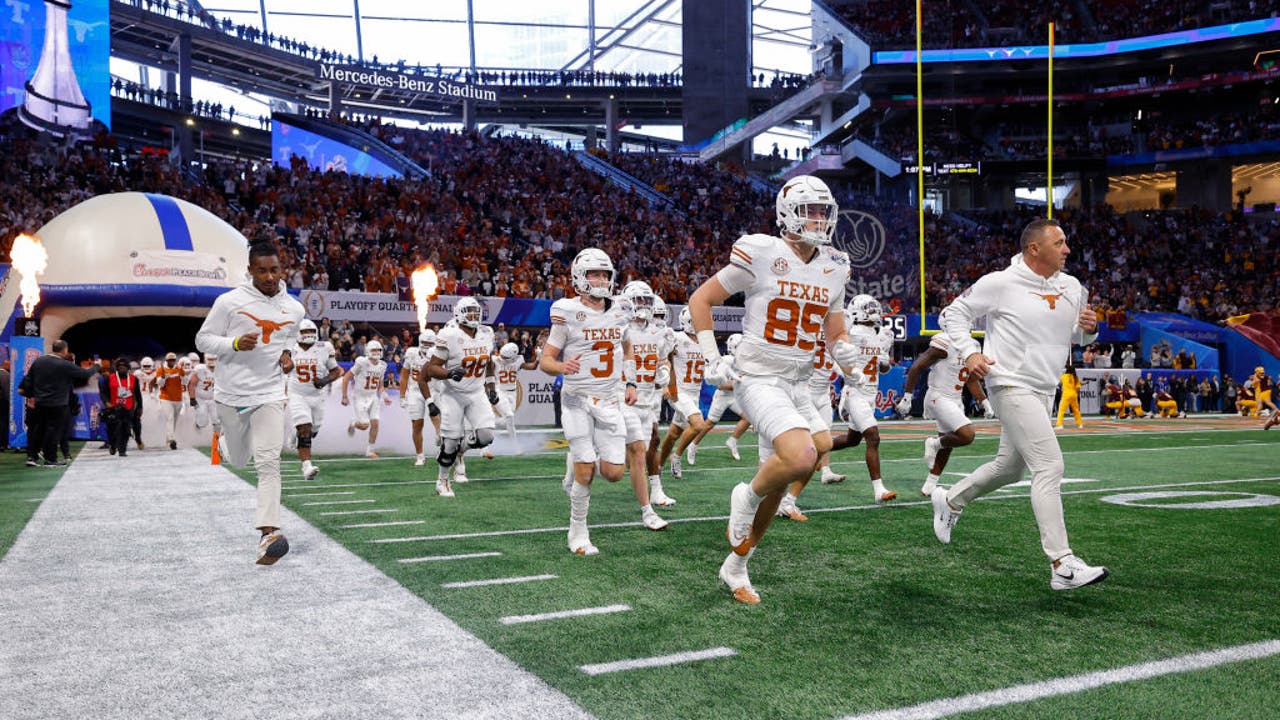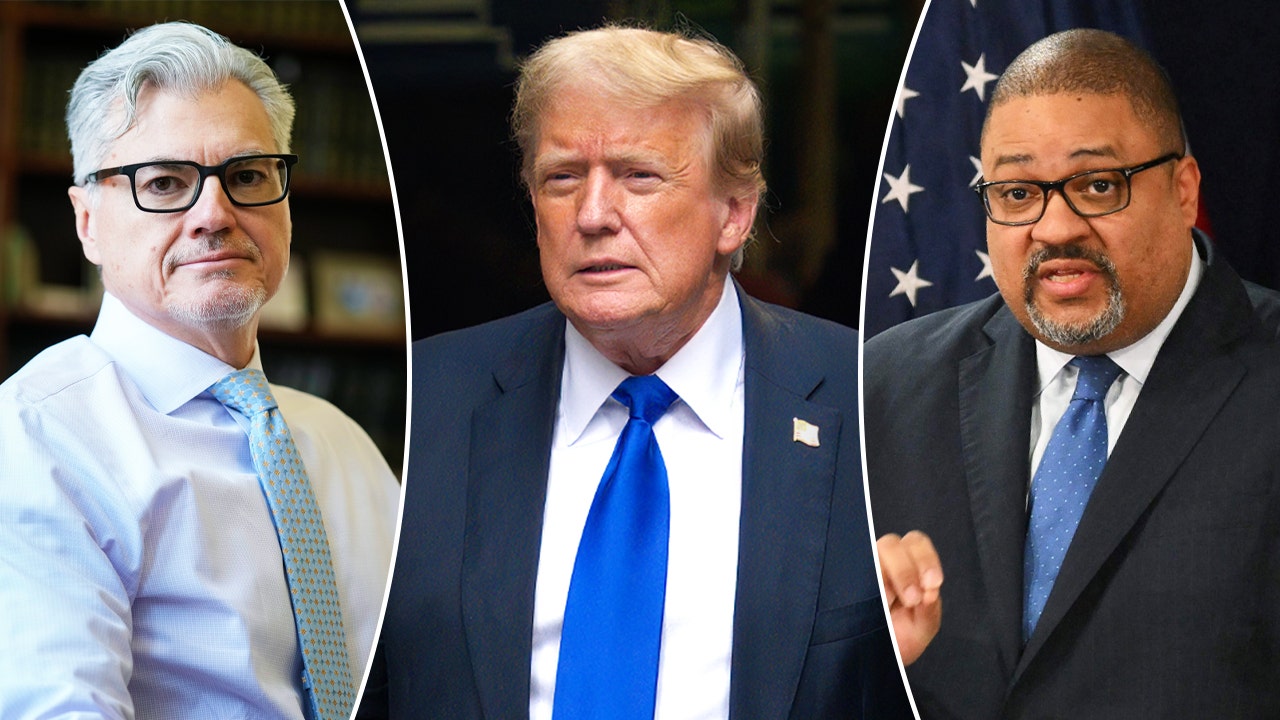Seattle, WA
MLB insider reports on Mariners' trade pursuits

With a struggling lineup and a bullpen that’s been hampered by injuries, the first-place Seattle Mariners certainly have some clear needs to address ahead of the July 30 MLB trade deadline.
Big Game Hunting: Two splashy potential Mariners trade targets
According to one MLB insider, that process is already underway.
“The Mariners already have begun talking with teams about possible trades, with the deadline exactly one month away,” MLB Network’s Jon Morosi posted Sunday morning on social media. “For now, Seattle’s focus is an everyday bat and bullpen help.”
The Mariners already have begun talking with teams about possible trades, with the deadline exactly one month away. For now, Seattle’s focus is an everyday bat and bullpen help. @MLBNetwork
— Jon Morosi (@jonmorosi) June 30, 2024
The Mariners currently sit atop the American League West at 47-38, holding a 4.5-game lead over the second-place Houston Astros and a nine-game lead over the Texas Rangers. Seattle has built that lead with its elite starting rotation, which leads the majors with 50 quality starts and ranks fourth with a starting pitching ERA of 3.41.
However, the Mariners’ exceptional starting pitching has been contrasted by an offense that sits at or near the bottom of the majors in nearly every major statistical category. Seattle ranks 27th in runs per game (3.87), dead-last in batting average (.218), 25th in on-base percentage (.298), 26th in slugging percentage (.366) and 26th in OPS (.664). The Mariners also have the highest strikeout rate at 27.9%, which is 1.6% higher than the the next-closest team.
Bats aren’t Seattle’s only need, though. The Mariners’ injury-depleted bullpen could also use some help. Over the first month of the season, Seattle’s bullpen led the majors in WHIP (1.04) and ranked third in ERA (2.56). But since May 1, the Mariners’ bullpen ranks 23rd in ERA (4.59) and 15th in WHIP (1.25).
The Mariners have been without two of their top three relievers this season, with Matt Brash out for the year after undergoing Tommy John surgery and Gregory Santos missing the first half of the season with a lat strain. Gabe Speier also is on the 15-day injured list with a rotator cuff strain, Tayler Saucedo missed three weeks with a hyperextended knee and closer Andrés Muñoz recently missed a few days earlier this month after aggravating a lower-back issue.
More on the Seattle Mariners
• Rowland-Smith: What stands out about Mariners pitchers’ recent hiccups
• Mariners’ Julio Rodríguez putting in extra work to solve struggles
• Mariners Injury Update: Latest on Bryan Woo, Gabe Speier and more
• Mariners reliever Gregory Santos to begin rehab assignment
• Rost: The two things about first-place Seattle Mariners’ season that are baffling

Seattle, WA
State ferries: A better idea from Nordic countries

Seattle, WA
Manhunt underway for Mason County shooting suspect

Manuhunt underway for Mason County assault suspect
Mason County deputies are looking for a man wanted in a shooting in Belfair on Monday.
MASON COUNTY, Wash. – The Mason County Sheriff’s Office is currently searching for a convicted felon wanted in a recent shooting.
The sheriff’s office says Michael Allen Beyer is wanted for first-degree assault and first-degree unlawful possession of a firearm.
Deputies believe Beyer was involved in a shooting that happened in Belfair on January 6.
Beyer is considered armed and dangerous. If you see him, do not approach him and call 911 immediately.
Anyone with information regarding Beyer’s whereabouts is asked to call Detective Helser at 360-427-9670 x657, or Crime Stoppers of Puget Sound at 1-800-222-TIPS (8477).
BEST OF FOX 13 SEATTLE
New 2025 laws that are now in effect in WA
Orca Tahlequah seen pushing second dead calf in WA waters
WA skiers demand action as ‘rampant’ thefts plague Stevens Pass
Here’s when you’ll need REAL ID to go through US airport security
New restaurants coming to Seattle in 2025
To get the best local news, weather and sports in Seattle for free, sign up for the daily FOX Seattle Newsletter.
Download the free FOX LOCAL app for mobile in the Apple App Store or Google Play Store for live Seattle news, top stories, weather updates and more local and national coverage, plus 24/7 streaming coverage from across the nation.
Seattle, WA
Two more Seattle restaurants close due to minimum wage hike

Two more Seattle restaurants are calling it quits thanks to the untenable minimum wage hike.
At the same time that the Seattle minimum wage rose from $19.97 an hour to $20.76 an hour, the city ended the tip credit of $2.72. Under the previous rules, restaurants were able to pay $17.25 hourly wage if their staff earned at least $2.72 in tips per hour. But as cost of business continues to skyrocket in Seattle, a minimum wage hike without a tip credit is simply untenable for many small businesses.
Jackson’s Catfish Corner in Seattle’s Central District closed its doors in this new year. In an interview with Converge Media, owner Terrell Jackson argued Seattle is too expensive to operate in.
“I know that the minimum wages went up to 20 bucks an hour … I know that’s hard for my business as a small Black business,” Jackson said. “I’m not Amazon or Walgreens or Walmart who can pay their employees that much.”
Jackson isn’t alone in his complaints.
More from Jason Rantz: Panic as Seattle restaurants may not survive massive minimum wage shift
A second West Seattle eatery closes, citing the minimum wage hike
Bel Gatto, a bakery and café, became the second West Seattle eatery to close its doors over the Seattle minimum wage hike. The owner posted a sign to the front door to thank supporters but said she can’t afford to stay open anymore.
“Our revenues, unfortunately, are not able to cover the close to 20% increase in mandated wages, salaries and payroll taxes put into effect by the Seattle City Council effective 1/1/25. This ruling has made the continuation of our bakery operations untenable,” the sign read.
The owner, Peter Levy, explained to the West Seattle Blog that, “we were approaching close to a break even status in the last quarter of 2024, but the requirement to absorb another $4,000 per month in payroll expenses with the new mandate by the city put a break even further from our grasp which is what led to the closure.”
Last week, a video by Corina Luckenbach, owner of Bebop Waffle Shop in West Seattle, went viral as she said the minimum wage hike was forcing her to close after 11 years. She said she didn’t have an extra $32,000 a year to pay her staff what the city mandates.
More from Jason Rantz: Democrats blame Los Angeles fires on climate change to deflect from their own complicity
Will more restaurants close?
Ahead of the minimum wage hike, restauranteurs offered many warnings over what’s to come.
Ethan Stowell operates a number of Seattle’s top restaurants, including How to Cook a Wolf, Staple and Fancy, and Tavolata. He warned this change would be exceptionally costly for businesses in an industry notorious for razor-thin margins. And restaurants can’t merely raise menu prices again.
“I know everybody wants to say, ‘Just raise things (on the menu) a dollar or two,’ and that’s what it’ll be. That’s very simplified math. I wish it was that easy, but it’s not. This is a large increase that’s probably large enough to be equal to or close to what most restaurants in Seattle profit,” Stowell told “The Jason Rantz Show” on KTTH.
Portage Bay Cafe co-owner Amy Fair Gunnar noted the minimum wage change will cost her about $45,000 more a month. She said restaurants will have to “seriously change what they’re doing or they’re going to close their doors.”
More from Jason Rantz: Here’s why Seattle residents vow to stop tipping in new year
Ignoring the warnings, mocking the business people
The warnings from restaurant owners were mostly ignored or mocked.
Efforts by the Seattle City Council to address the forthcoming crisis fell apart after activists said they didn’t want restaurants to get an exception. Council president Sara Nelson told “The Jason Rantz Show” they will take up the issue again this year but there’s no specific idea yet to forward for legislation. The Mayor of Seattle, Bruce Harrell, has been almost completely absent from the issue.
Left-wing voices, meanwhile, claim to not care. That if businesses “can’t afford to pay a living wage,” then they shouldn’t be in business.
One reporter with The Stranger mocked one of the closures, quipping on X, “Has anyone ever eaten at bebop waffle lol.” Left-wing Seattleites condemned the business for “creating a right wing media darling to complain about paying people a living wage.”
KING 5 reporter Maddie White helped elevate this talking point by citing the National Low Income Housing Coalition, claiming “the average renter needs to make upwards of $40 an hour to afford rent.” But she’s quoting a stat for two-bedrooms. Minimum wage jobs aren’t meant to cover the cost of a single person renting a two-bedroom home or apartment.
Ironically, as activists dismiss the concerns of small business owners, they fail to acknowledge the inevitable consequence: when those businesses shut down, people lose jobs. A $20.76 hourly minimum wage — even with a $2.72 tip credit — means nothing if you’re unemployed.
Listen to The Jason Rantz Show on weekday afternoons from 3-7 p.m. on KTTH 770 AM (HD Radio 97.3 FM HD-Channel 3). Subscribe to the podcast here. Follow Jason Rantz on X, Instagram, YouTube and Facebook.
-

 Business1 week ago
Business1 week agoThese are the top 7 issues facing the struggling restaurant industry in 2025
-

 Culture1 week ago
Culture1 week agoThe 25 worst losses in college football history, including Baylor’s 2024 entry at Colorado
-

 Sports1 week ago
Sports1 week agoThe top out-of-contract players available as free transfers: Kimmich, De Bruyne, Van Dijk…
-

 Politics1 week ago
Politics1 week agoNew Orleans attacker had 'remote detonator' for explosives in French Quarter, Biden says
-

 Politics1 week ago
Politics1 week agoCarter's judicial picks reshaped the federal bench across the country
-

 Politics6 days ago
Politics6 days agoWho Are the Recipients of the Presidential Medal of Freedom?
-

 Health5 days ago
Health5 days agoOzempic ‘microdosing’ is the new weight-loss trend: Should you try it?
-

 World1 week ago
World1 week agoIvory Coast says French troops to leave country after decades
















